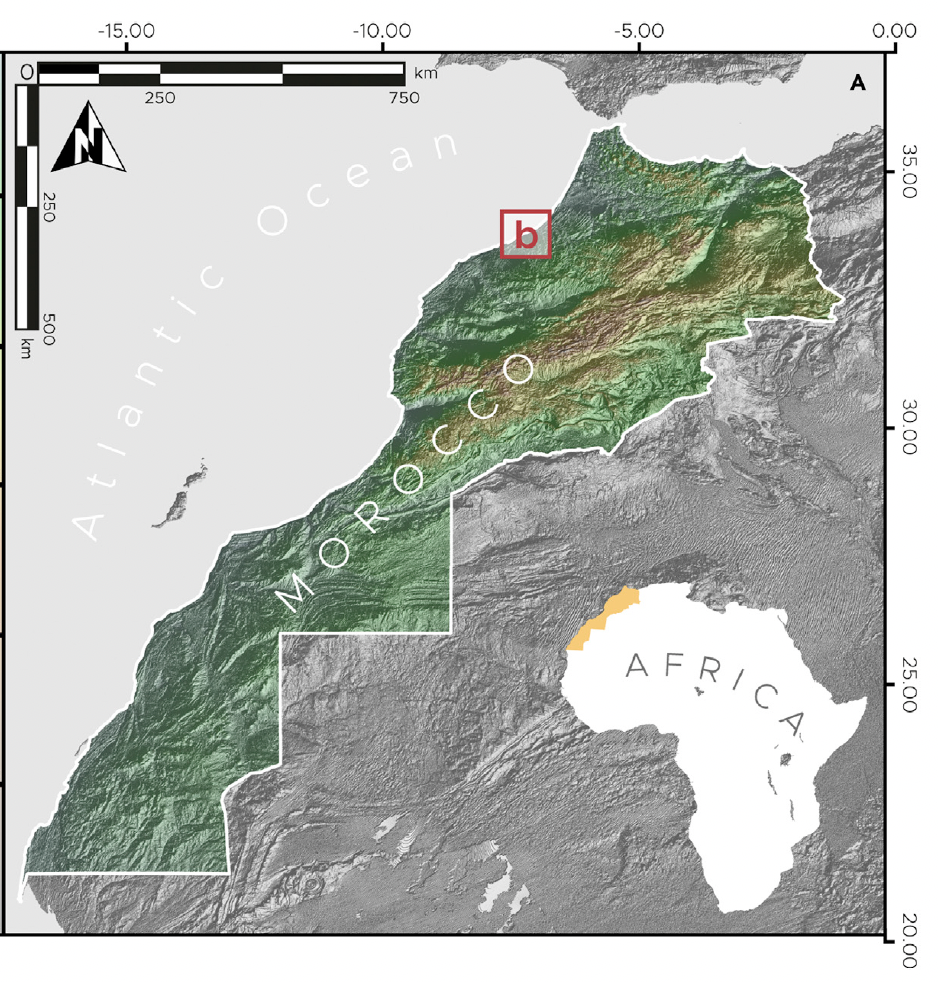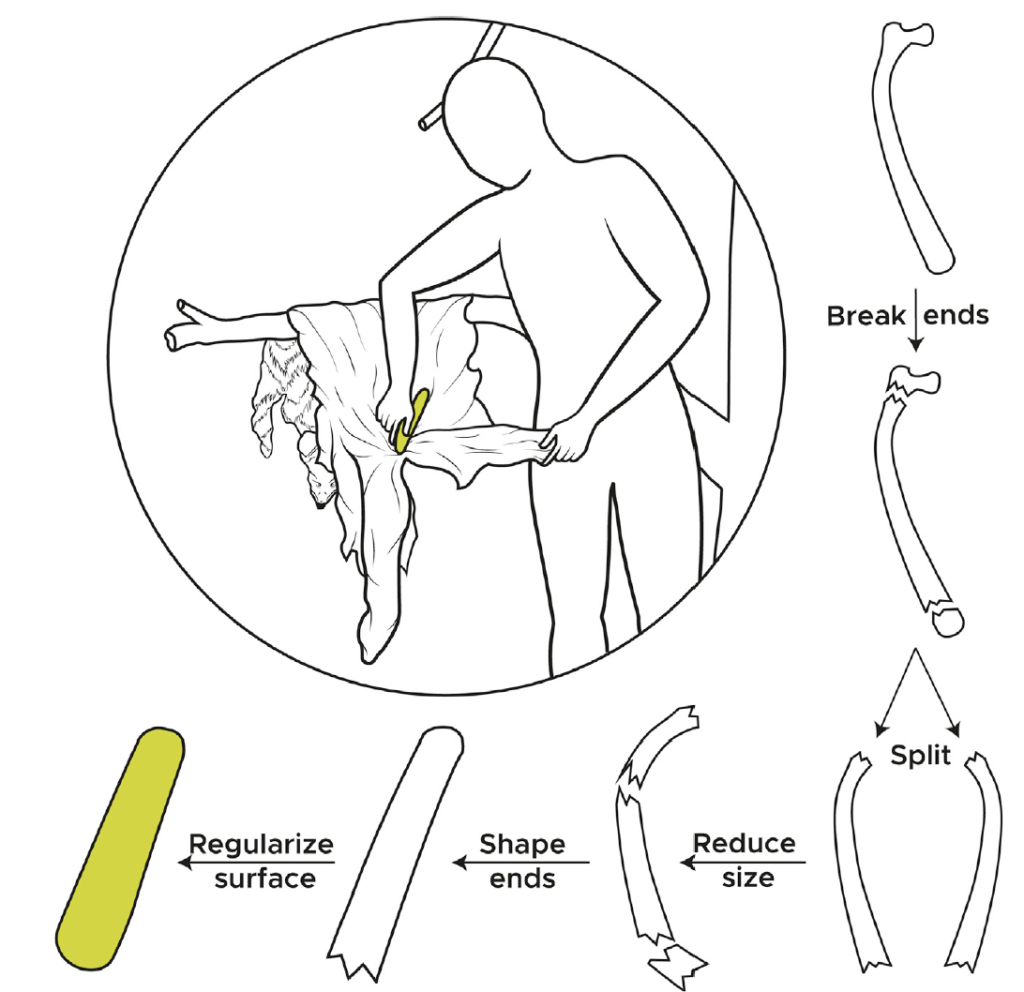Caves and Tools

In Morocco (Africa) 120,000 years ago, a wildcat, a jackal, and a fox met in a cave. What were they doing there? And what do humans have to do with it?
Today’s post is about [human culture]. And fossils. Most of what I post here is about what fossils can tell us about how, when, and where an animal lived. Fossils can tell us so much about the biology of now extinct animals. But that’s not all they can tell us. In some cases, the bones record what happened after the animal died.

The Contrebandiers Cave in Morocco has sediment layers inside that date back to 120,000 years ago. Caves make excellent shelters, so as animals and plants use the shelter or get trapped there, they are fossilized and can be discovered later. Within the Contrebandiers Cave, explorers found the fossilized bones of a golden jackal, sand fox, wildcat, and several cow-like animals.

But these animals were not just hanging out together, they had been brought there by the humans (Homo sapiens) that lived there at the time. According to the markings on their bones, the animals they hunted and brought back to the cave were skinned in order to make clothing. Clothing itself does not fossilize easily because the fur it was made from breaks down very quickly.

The animal bones weren’t the only evidence of skinning. There were tools present in the cave as well. Tools made from animal bones and shaped in specific ways by ancient human hands. Humans today still use similar tools and methods for skinning, so we don’t have to guess what the tools were for. This cave preserves the oldest evidence of formal bone tools and the production of clothing by modern humans (Homo sapiens)in Africa.
Side note: This is the first scientific paper I’ve read that has an “Inclusion and Diversity” statement at the end. The authors state, among other important points, that they ‘actively worked to promote gender balance in our reference list.’ I am grateful that the journal includes that statement and for the author’s work.